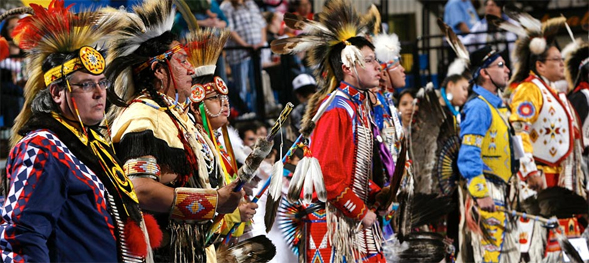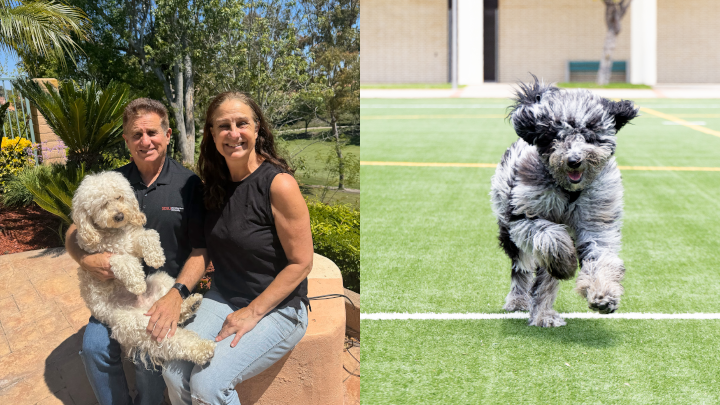American Indians for Higher Education
The American Indian Recruitment program was established at SDSU to promote success in academics in the American Indian community.

In 1993, Dwight Lomayesva ('99), a Hopi Tribe member and San Diego State University student, noticed a shortage of American Indians in higher education.
In an effort to increase American Indian enrollment, he partnered with the SDSU Department of American Indian Studies to promote higher education and success in the American Indian community — American Indian Recruitment was born.
Twenty years later, the program that caters to young members of San Diego American Indian tribes is still going strong.
Since the program's inception, more than 1,500 American Indian students have received assistance, including supplemental educational instruction through tutoring, mentoring and various activities designed to help them achieve success.
"Our community is unique because within a tribal community, everyone is like family," Lomayesva said. "Everyone looks out for each other. This is my way of making a difference."
More about the program
"The overarching goal of American Indian Recruitment is to 'plant the seed,'" said Lomayesva. Many students aren't aware of the benefits of higher education, and the program exposes participants to the opportunities on college campuses.
It is designed for middle and high school students interested in pursuing higher education. Participants benefit from weekly, two-hour, on-campus mentoring session, team building exercises that heighten cultural awareness, as well as discussions and tutoring.
Mentors are current American Indian college students at SDSU, the University of San Diego and the University of California, San Diego. They give campus tours and teach participants about application requirements, strategies to fulfill academic standards, school policies and student support programs.
When the students visit college campuses, mentors make them aware of resources such as the Educational Opportunity Program, grants and scholarships.
Mapping history
San Diego has a vibrant American Indian community, with 18 active tribes and 16 reservations. One of the program's initiatives is to map out regions of San Diego that are important to the different tribes.
"Every tribe has regions that are specific to their traditions, and in addition to these regions, there are oral histories," Lomayesva said. "When we lose these locations, some of our history dies."
The program partnered with SDSU's Department of Geography to map out specific spots throughout San Diego with sacred connections to various tribes. Program participants work with SDSU faculty and student mentors by going out into the field, identifying important spots and documenting their relevance.
The unique opportunity infuses American Indian culture into the learning process, which Lomayesva said is a crucial aspect of the program.
"We bring in cultural and community values, understanding of our past and optimism for our youth's future to this program," Lomayesva said.
Success through education
According to Lomayesva, college drop-out rates are particularly high for the American Indian population. But participants in the American Indian Recruitment program are combating these statistics.
American Indian Recruitment boasts an impressive list of alumni, including tribal leaders, lawyers and professors.
"In 1993, our goal was to change just one person's life," Lomayesva said. "We never thought that we would have more than 1,500 students going through our program."
Next steps
With the help of SDSU's American Indian Studies Department, the program is planning to open offices on campus.
"SDSU has been so helpful with the growth of American Indian Recruitment," Lomayesva said. "I'm looking forward to collaborating with the university more and watching the program continue to grow."



